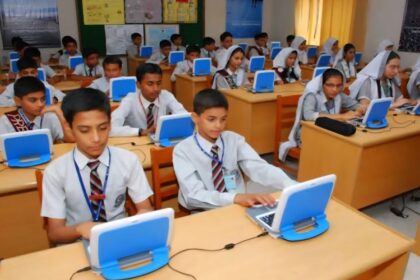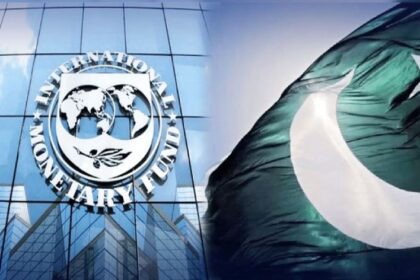Pakistan is among the most populous countries in the world – a fact that acts both in its benefit and loss, but is gradually becoming a source of concern for many who have now started voicing their reservations over the uncontrolled population growth rate.
Among these voices is the President of Pakistan, Asif Ali Zardari, who, in a message issued on World Population Day, discussed the phenomenon and the issues arising from it in depth.
The president noted that Pakistan’s population currently stood at 241 million, as per the census carried out in 2023. He highlighted that with the current growth rate of 2.55%, the population would reach 263 million in the next six years, and 383 million by 2050.
This figure is concerning for many, as Pakistan has limited resources and cannot cater to the demands of its growing populace. Unless the country can ensure equal access to quality facilities for all its citizens, experts in this domain believe that there is a dire need to control the population.
The president echoed similar sentiments in his message, as he noted that while Pakistan has a vibrant population, particularly a high proportion of youngsters, the country needs to provide these individuals with the best facilities to harness their potential.
What further complicates the situation is the way resources are gradually shrinking in the country. The president noted that at the time of independence, the country had abundant water resources, but currently, courtesy of climate change, Pakistan is among the most water-stressed countries in the world. Moreover, he highlighted that the agricultural area of the country is gradually being taken over by housing societies, which poses a direct threat to the food security of Pakistan.
He called for controlling population growth through the provision of effective family planning services. He stressed the necessity of this by citing the high maternal and infant mortality rate, adding that the authorities must double their efforts to address this issue. Lastly, he urged all stakeholders to collaborate to achieve the targets in this regard.
Pakistan’s youth unemployment rate currently stands at 11.1 percent. This data was reported by the Pakistan Economic Survey 2023-24, based on the 2020-21 Labour Force Survey. While the figure is harrowing enough, it is important to note here that the authorities have not conducted another labour force survey in the last three years, thus neglecting data collection in this critical domain.
With its youth unemployed, Pakistan faces the risk of wasting its greatest asset – its young population. Other populous states have successfully harnessed their young population for development as skilled youth promise progress for their respective states. However, when it comes to Pakistan, the situation is dire, and people are always on the lookout for opportunities to leave the country.
In 2023, more than 8 million Pakistanis left the country in search of opportunities elsewhere. While some people consider this to be a positive indicator for Pakistan as its diaspora spreads across the world and promises to bring remittances and influence to the country, others see this as a blatant example of brain drain. The latter perspective looks at this phenomenon in a negative light and believes that youngsters with the potential to transform their respective fields could contribute to the country if provided the right opportunities. Therefore, the fact that they leave for other states, is not only disheartening for the holders of this perspective but also puts the country at a disadvantage.
















